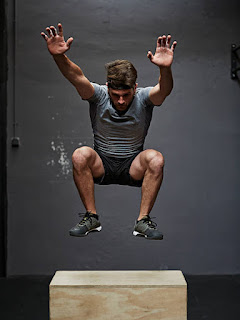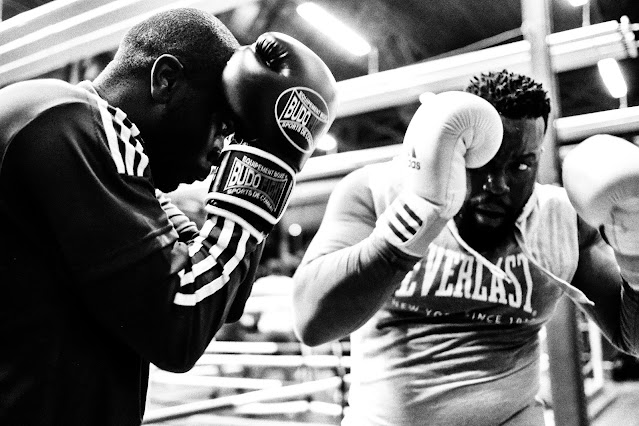How do sweat suits work to increase sweat and burn more calories during exercise?
Sweat suits, also known as sauna suits or plastic suits, have become increasingly popular among athletes and fitness enthusiasts. These suits are designed to increase sweating during exercise, which is believed to help burn more calories and ultimately lead to weight loss. But how do sweat suits work, and are they actually effective?
Sweat suits work by trapping heat inside the body, creating a sauna-like environment that causes the body to sweat more. The suits are typically made from non-breathable materials, such as rubber or PVC, which prevent sweat from evaporating and cooling the body down. This causes the body to work harder to maintain its core temperature, which leads to an increase in sweating.
The idea behind sweat suits is that by increasing the amount of sweat produced during exercise, the body will burn more calories. The theory is that the extra sweating causes the body to lose water weight, which leads to a temporary reduction in body fat. However, the effectiveness of this method is still up for debate.
Some studies have shown that wearing a sweat suit during exercise can lead to an increase in sweating and a decrease in body weight. For example, a study published in the Journal of Strength and Conditioning Research found that wearing a sauna suit during exercise led to a significant increase in sweating and a small decrease in body weight. Another study published in the American Journal of Sports Medicine found that wearing a sweat suit during exercise increased the amount of energy expended by the body.
However, other studies have found that wearing a sweat suit during exercise does not lead to any significant increase in calorie burning or weight loss. For example, a study published in the Journal of Athletic Training found that wearing a sauna suit during exercise did not lead to any significant changes in body weight or body fat percentage.
So, while sweat suits may lead to an increase in sweating and a temporary reduction in body weight, it is not clear whether they are actually effective for long-term weight loss. Additionally, wearing a sweat suit during exercise can be dangerous, as it can lead to dehydration and overheating.
It is important to remember that weight loss is ultimately achieved through a combination of diet and exercise. While wearing a sweat suit may provide a temporary boost in calorie burning, it is not a substitute for a healthy diet and regular exercise.
In addition to the potential risks associated with wearing a sweat suit during exercise, there are also some other considerations to keep in mind. For example, some sweat suits may be uncomfortable or restrictive, which can make it difficult to exercise properly. Additionally, the increased sweating caused by the suit can lead to an increase in body odor, which may be unpleasant for those around you.
If you do decide to wear a sweat suit during exercise, there are some tips that can help you stay safe and get the most out of your workout. First, make sure to stay hydrated by drinking plenty of water before, during, and after exercise. Additionally, avoid wearing the suit for extended periods of time, as this can increase the risk of overheating and dehydration.
Finally, it is important to choose a sweat suit that fits properly and is comfortable to wear. Look for a suit that is made from breathable materials and has plenty of ventilation to help prevent overheating.
In conclusion, sweat suits can be a useful tool for increasing sweating during exercise, but they are not a substitute for a healthy diet and regular exercise. While some studies have shown that sweat suits may lead to a temporary reduction in body weight, it is not clear whether they are actually effective for long-term weight loss. If you do decide to wear a sweat suit during exercise, make sure to stay safe and follow the tips outlined above to get the most out of your workout.

.jpg)

.jpg)
Comments
Post a Comment